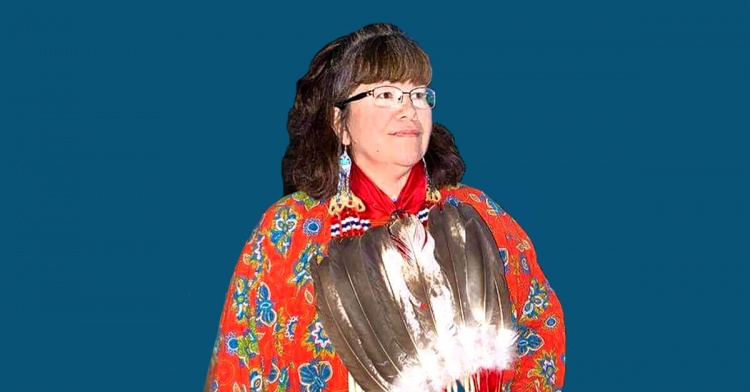Patricia Saulis: Taking a two-eyed seeing approach to conservation
Patricia Saulis: Taking a two-eyed seeing approach to conservation
MIT Sloan School of Management

Why It Matters
Two-eyed seeing makes use of both Western tradition and Indigenous knowledge systems to address major challenges like environmental conservation.
Long before French explorers arrived to claim the Wolastoq (Saint John River) watershed as their own, the Maliseet tribe of Indigenous people lived, hunted, and fished along the waterway between what would later be Maine and the Canadian province of New Brunswick.
That land, according to Maliseet legend, was shaped by Glooscap, a figure powerful enough to break down beaver dams and leave waterfalls in their wake.
Today, the Maliseet people are the conservators of that watershed land, and they call on their legends, oral histories, and lived experiences to shape their work with present-day partners.
This approach is called two-eyed seeing, explained Patricia Saulis [MLK Visiting Scholar 2020-21], an affiliate researcher with the MIT Comparative Media Studies/Writing program, and a former MIT MLK Visiting Scholar. Saulis is a member of the Maliseet tribe of Indigenous people and executive director of the Maliseet National Conservation Council.
“Two-eyed seeing involves the balancing of perspectives so that we can gain a better understanding of the work that we are doing to make the world a better place,” Saulis said. “Tapping into a diversity of knowledge systems will help us innovate and imagine solutions that we may not be able to create without such a process.”
Finding those solutions is critical. Indigenous people make up about 5% of the world’s population, but they are responsible for protecting more than 80% of the globe’s biodiversity.
We spoke with Saulis about two-eyed seeing, being flexible with ideas, and the next generation of leaders inspiring her conservation work.